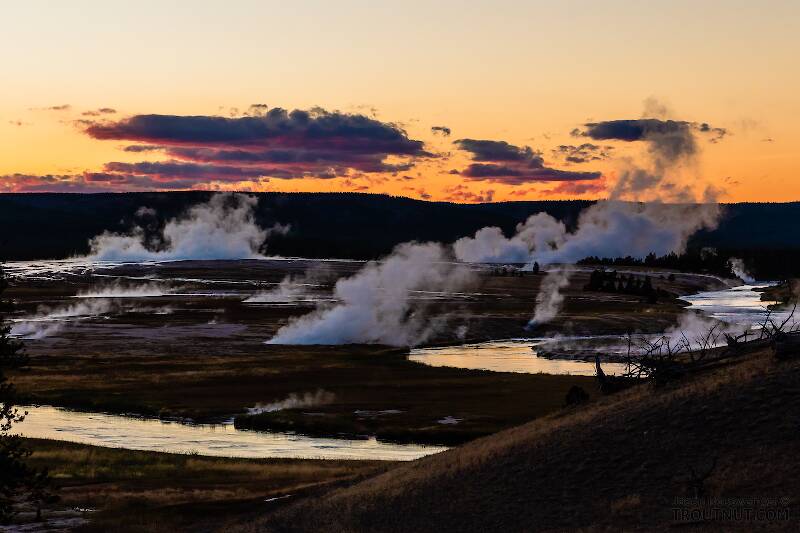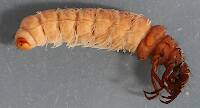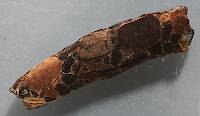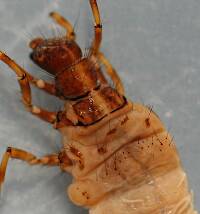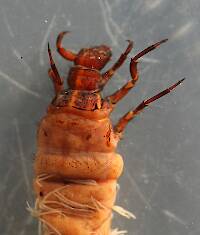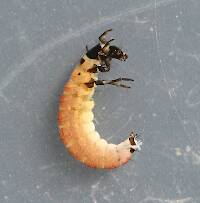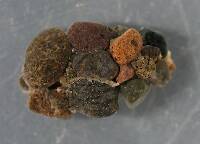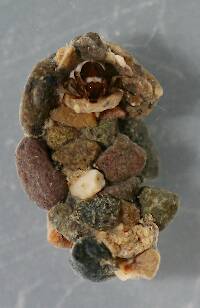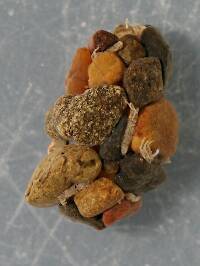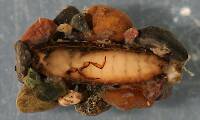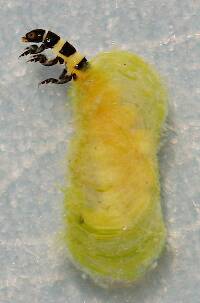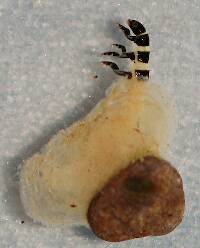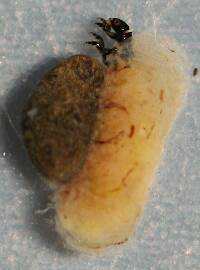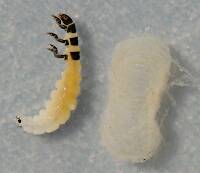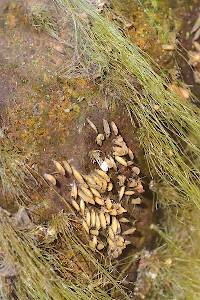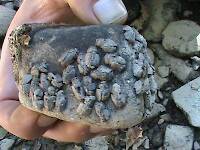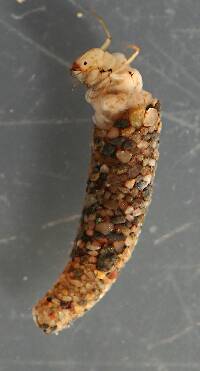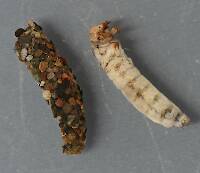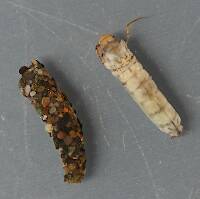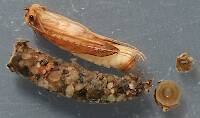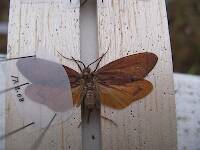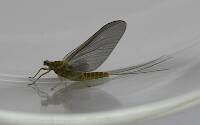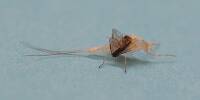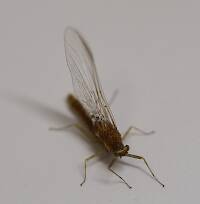
Salmonflies
Pteronarcys californica
The giant Salmonflies of the Western mountains are legendary for their proclivity to elicit consistent dry-fly action and ferocious strikes.
Featured on the forum

Troutnut is a project started in 2003 by salmonid ecologist Jason "Troutnut" Neuswanger to help anglers and
fly tyers unabashedly embrace the entomological side of the sport. Learn more about Troutnut or
support the project for an enhanced experience here.
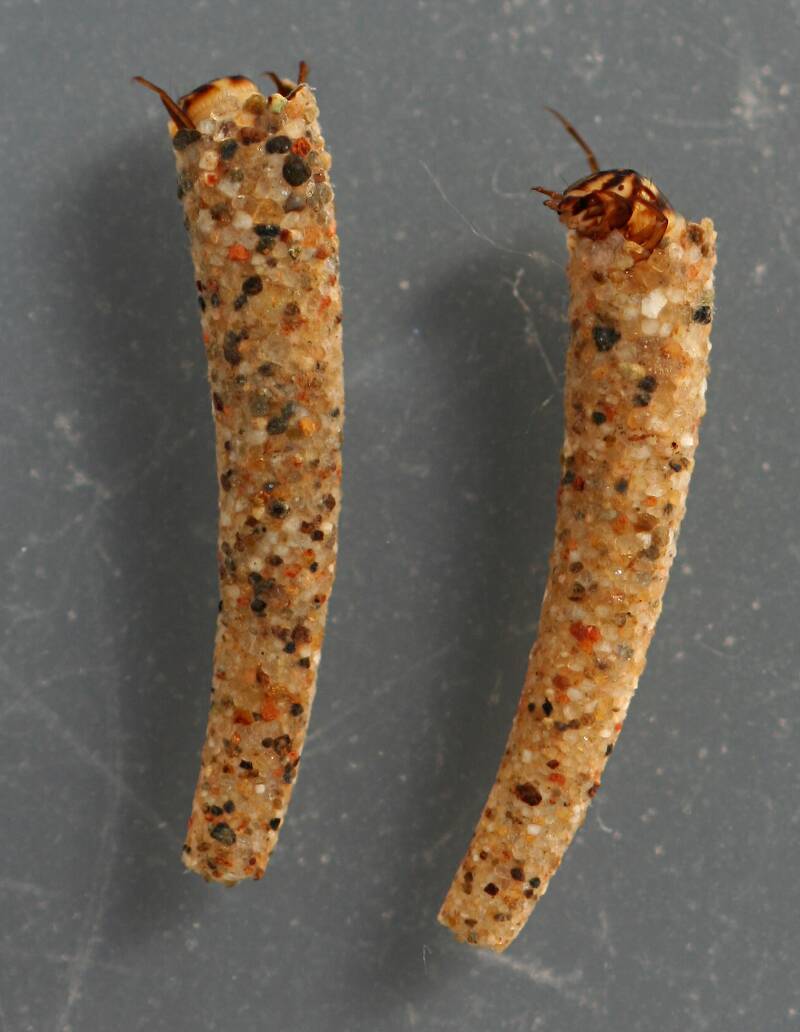
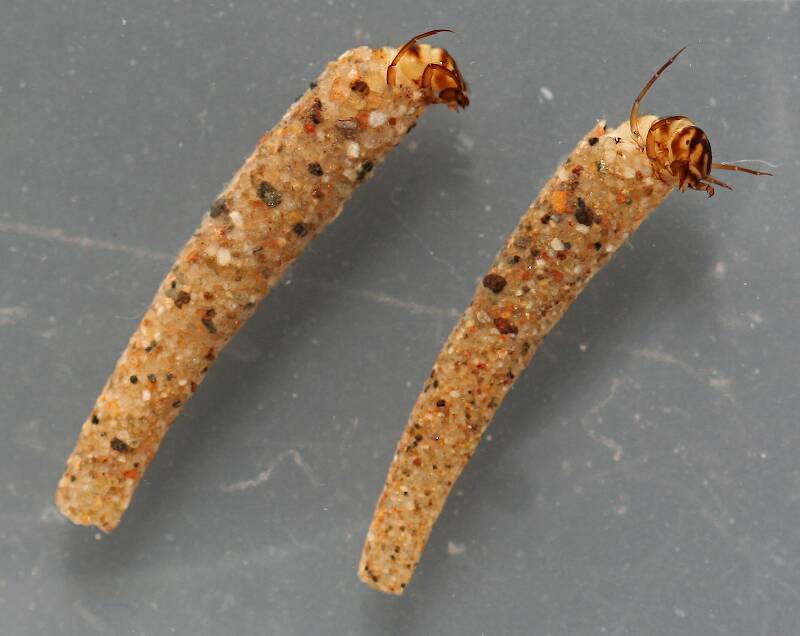
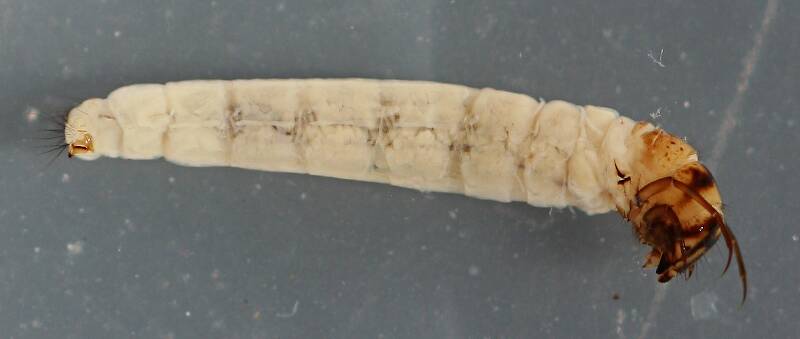
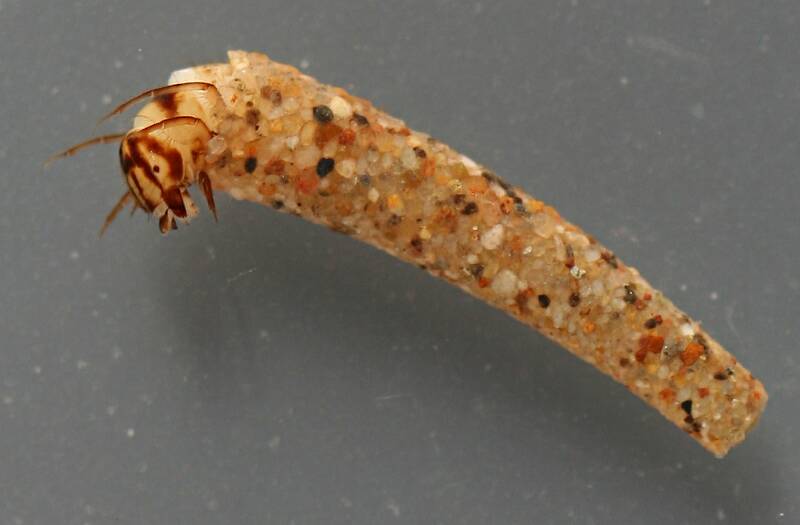
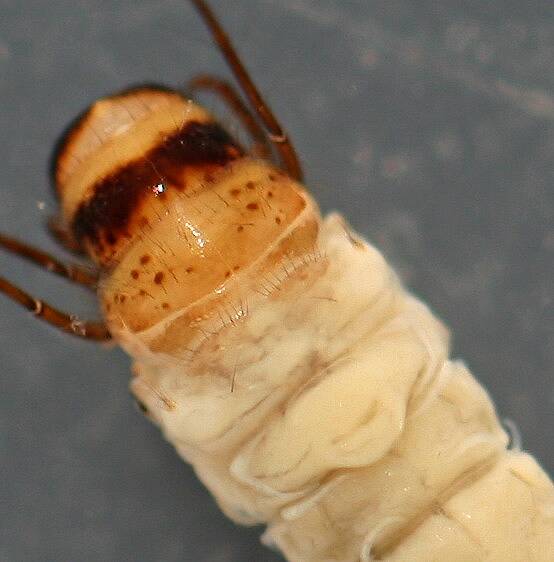
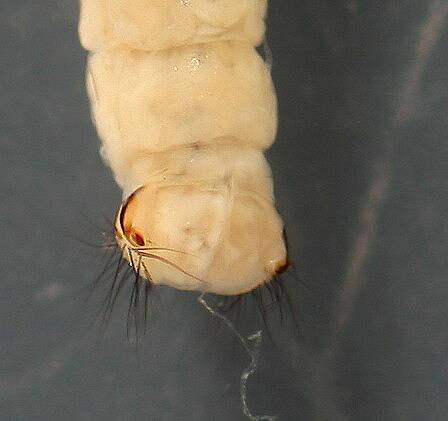
Millcreek on Feb 16, 2015February 16th, 2015, 6:22 am EST
This larvae is common to Mill Creek, a tributary of the Russian River. Haven't found it in the river yet, but it's seasonally common in the stream. Keyed it out to genus in Merritt, Cummins and Berg (2008). Curious as to species. Any help would be appreciated.
"If we knew what it was we were doing, it would not be called research, would it?"
-Albert Einstein
-Albert Einstein
PaulRoberts on Feb 16, 2015February 16th, 2015, 1:59 pm EST
Pretty thing.
Gutcutter on Feb 17, 2015February 17th, 2015, 3:26 am EST
Does anybody know how they make that type of case?
Very cool.
Some amazing engineering.
Very cool.
Some amazing engineering.
All men who fish may in turn be divided into two parts: those who fish for trout and those who don't. Trout fishermen are a race apart: they are a dedicated crew- indolent, improvident, and quietly mad.
-Robert Traver, Trout Madness
-Robert Traver, Trout Madness
Taxon on Feb 17, 2015February 17th, 2015, 6:14 am EST
Hi Tony-
Caddisfly larvae use a mouthpart gland which extrudes silk as a binding agent to build their cases.
Does anybody know how they make that type of case?
Caddisfly larvae use a mouthpart gland which extrudes silk as a binding agent to build their cases.
Creno on Feb 17, 2015February 17th, 2015, 7:43 am EST
Gumaga is a great taxa to initiate a discussion of the species concept. There are numerous publications from the Resh Lab involving Gumaga "species". (http://nature.berkeley.edu/reshlab/) Ya probably should start with Jackson and Resh 1998. (Jackson, John K., Resh, Vincent H. 1998. Morphologically cryptic species confound ecological studies of the caddisfly genus Gumaga (Trichoptera: Sericostomatidae) in northern California. Aquatic Insects 20: 69-84.)
Quick Reply
Related Discussions
Topic
Replies
Last Reply
1
Aug 6, 2019
by Troutnut
by Troutnut
9
Jul 7, 2015
by Millcreek
by Millcreek
4
Apr 12, 2014
by Brookyman
by Brookyman

